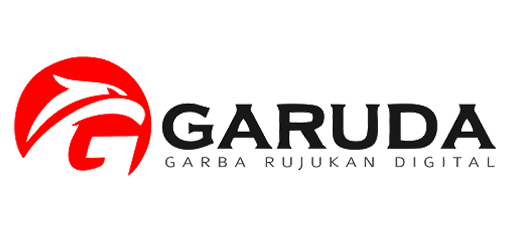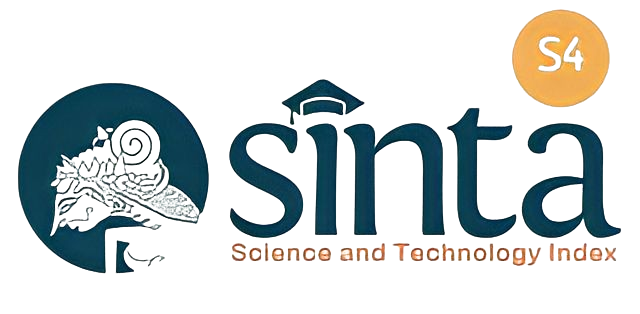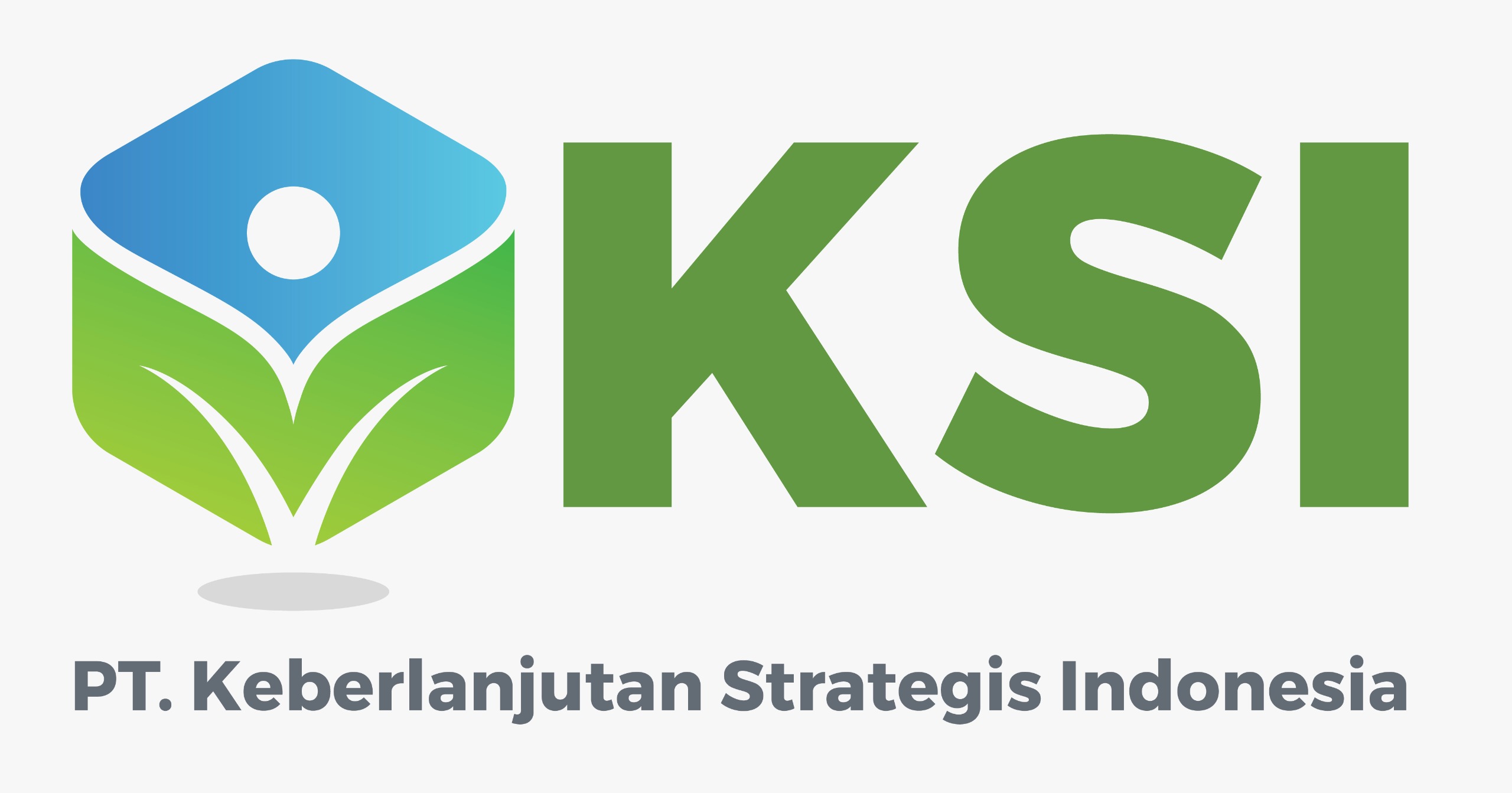Socio-Economic Life of Traditional Woven Fabric Articles In Lakekun Utara Village, Kobalima Sub-District, Malaka Regency
DOI:
https://doi.org/10.38142/jtep.v3i1.542Keywords:
Weaving, Traditional, Social, EconomicAbstract
Traditional weaving is generally inherited from the ancestors and is also part of the socio-economic life of the craftsmen in North Lakekun Village. They work like this almost every day, but what is unique is that the traditional woven fabric craftsmen in North Lakekun Village do not weave for sale. Instead, they weave to store it while waiting for a celebration. This study used a qualitative approach and a total of 45 informants with qualitative and quantitative data. The data collection techniques in this study were observation, qualitative interviews and qualitative documents. The data that has been collected is then analyzed using analytical techniques; data collection, data reduction, data display, and conclusion drawing and verification. The results of the study found that the socio-economic life of traditional woven fabric craftsmen in North Lakekun, Kobalima District, Malacca Regency was found from the side; (a) the level of income is quite good because they rely on agricultural and livestock products, (b) the level of education is relatively low, while in terms of (c) health, the craftsmen use health cards such as BPJS for free medical treatment, some seek and use traditional medicine whereas for (d) the condition of the houses of the traditional woven cloth craftsmen there in general, on average, they have decent houses to live in and (e) the social relations between fellow woven cloth craftsmen there look very good.
References
Abdulsyani. (2007). Sosiologi Skematika, Teori, dan Terapan. Jakarta: PT Bumi Aksara
Basrowi. (2005). Pengantar Sosiologi. Bogor: Ghalia Indonesia.
Bungin, B. (2012). Analisis Data penelitian Kualitatif. Jakarta: PT Raja Grafindo Persada.
Horton, B. P., & Chester L. H. (1984). Sosiologi (terj.). Jakarta: Rajawali Pers.
Kompetitif. Yogyakarta: Ekonisia
Liliweri, A. (2011). Dasar-Dasar Komunikasi Antarbudaya. Yogyakarta: Pustaka. Pelajar
Maslow, A. (2009). Paradigma baru Manajemen Sumber Daya, Sebagai Basis Meraih Keunggulan
Nasution. (1994). Berbagai Pendekatan Belajar dan Mengajar. Jakarta: Bina Aksara.
Ng. Philipus, & Aini, N. (2006). Sosiologi dan Politik. Jakarta: PT. Raja Grafindo Persada
Soekanto, S. (1990). Sosiologi Suatu Pengantar. Jakarta: Raja Grafindo Persada
Soekanto, S. (2001). Sosiologi Suatu Pengantar. Jakarta: Raja Grafindo Persada
Soekanto, S. (2006). Sosiologi Suatu Pengantar. Jakarta: Raja Grafindo Persada
Soekanto, S. (2007). Sosiologi Suatu Pengantar. Jakarta: Raja Grafindo Persada
Soeroto. (1986). Strategi Pembangunan dan Perencanaan Kesempatan Kerja. BPFE-. Pers.
Sumardi, M., & Dieter-evers, H. (1985). Kemiskinan dan Kebutuhan Pokok. Edisi Revisi. Jakarta:CV Rajawali Citra Press.
Sumardi, M., & Dieter-evers, H. (2000). Kemiskinan dan Kebutuhan pokok. Jakarta: Rajawali.
Sumarwan, U. (2011). Perilaku Konsumen: Teori dan Penerapannya dalam Pemasaran. Bogor: Ghalia Indonesia.
Svalastoga, K. (1989). Diferensiasi Sosial. Jakarta: PT Bina Aksara.
Downloads
Published
Issue
Section
License
Copyright (c) 2023 Hildigardis M.I. NAHAK, Herman Y. UTANG, Balkis Soraya TANOF

This work is licensed under a Creative Commons Attribution-NonCommercial 4.0 International License.
Creative Commons Attribution-NonCommercial 4.0 International License.























